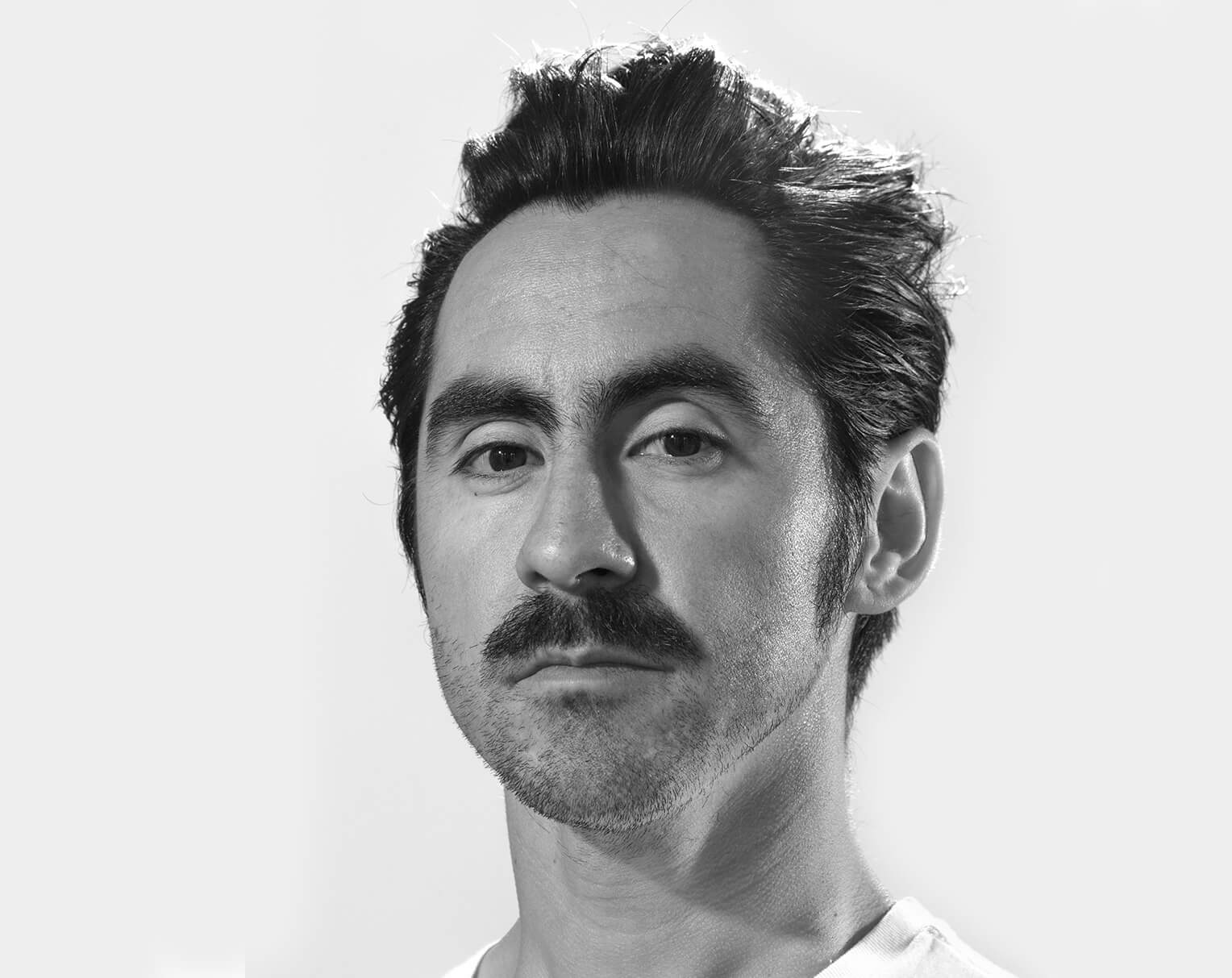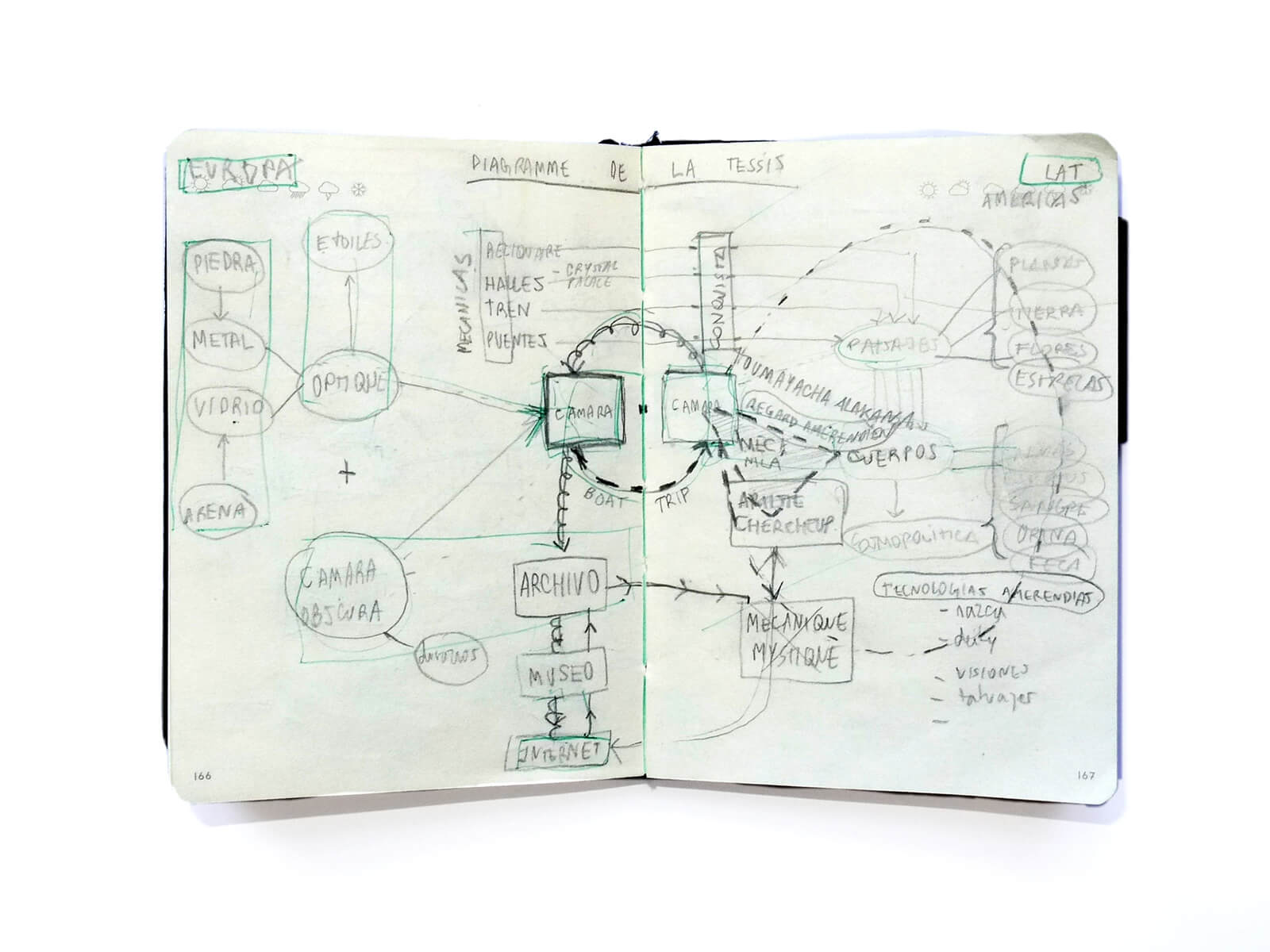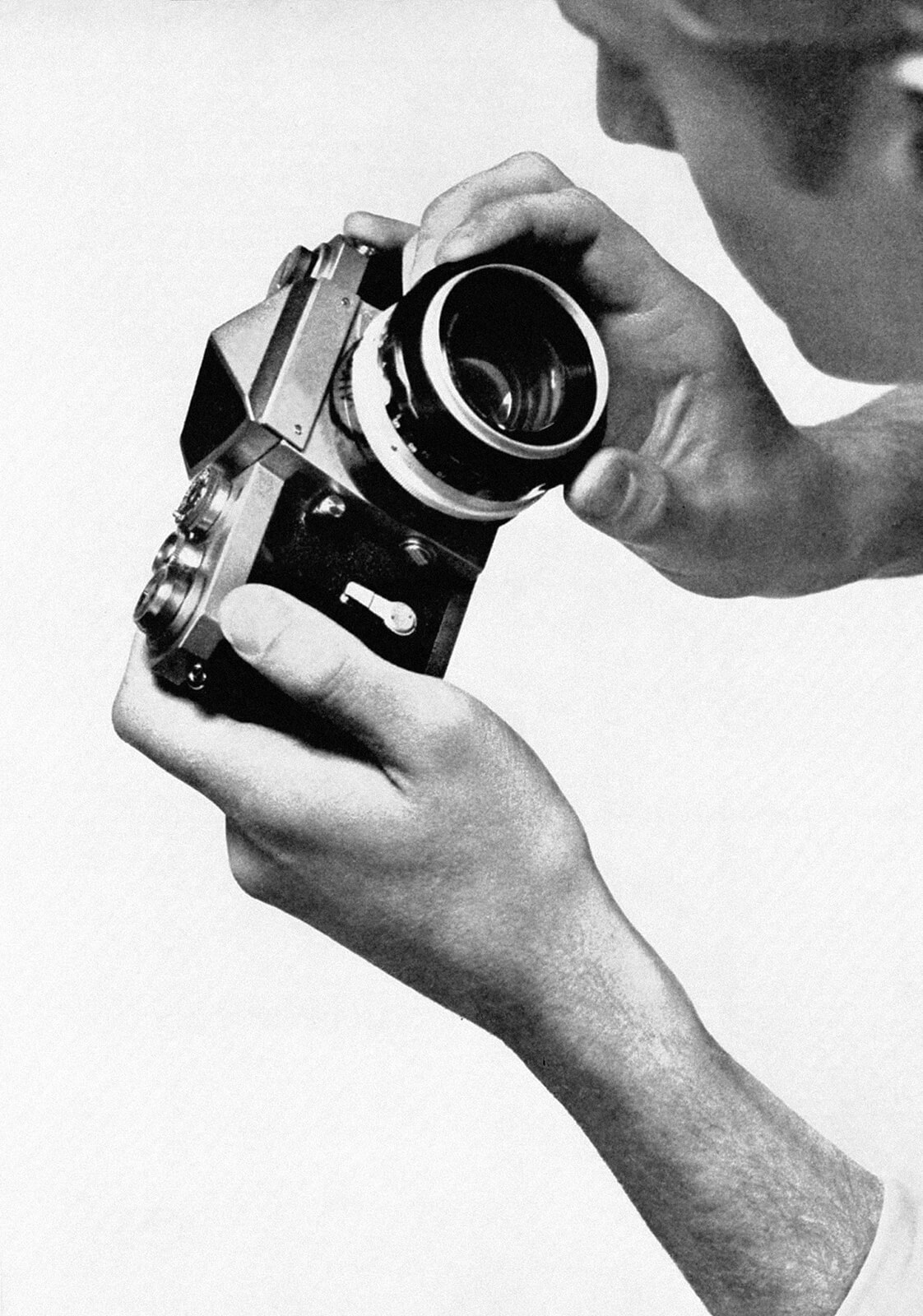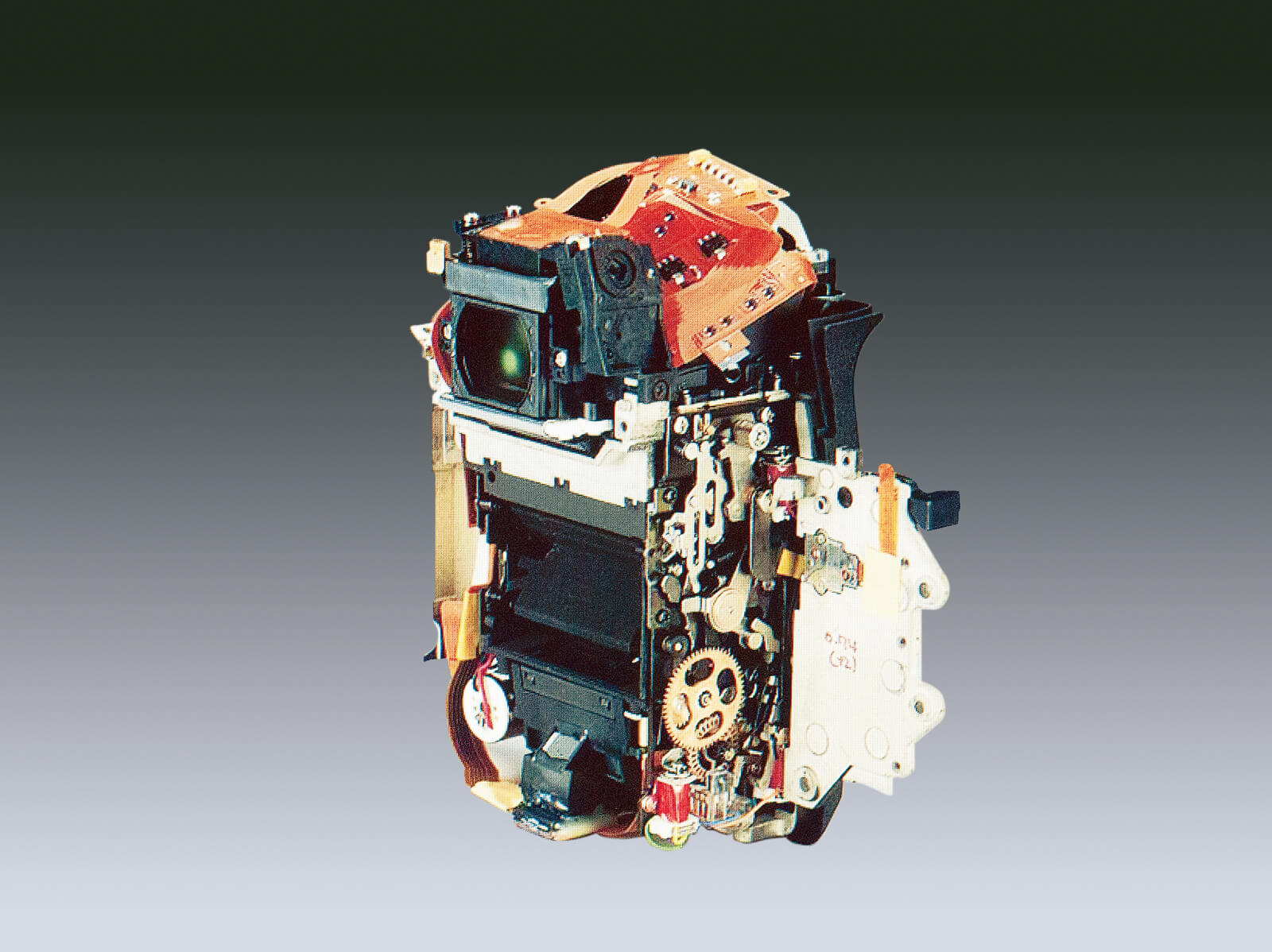MÄNK’ÁČEN : Mécanique photographique, mysticisme et superstition chez les peuples originaires d’Amérique du Sud (premier état)
Sergio Valenzuela Escobedo
This exhibition is the result of research and creation work carried out by Sergio Valenzuela Escobedo, artist and independent curator, as part of his doctoral thesis at the ENSP, in partnership with the AMU.
Toumayacha Alakana : this popular expression lays at the root of my research. It means
“to look with a veiled head”. It is how the Fuegians named the act of photographing in the
19th century, when they saw their first cameras, as operators came to America around 1840.
What names did native people give to those new images-cum-objects ? How was that unknown device perceived ? What does it mean to be looked at by a veiled head ?
My doctoral research offers a shift of of focus and point of view on the act of photography in South America. Can our understanding of photography change if we take native peoples’ perspective on the camera as a starting point ?
To be sure, European collections depicting an ancestral America are testament to the social and political context of the time and to the colonial dimension of the newcomers’ relation to native communites. These communities have lost part of their culture, as well as their economical and territorial autonomy. But they are also testament to an untold story, not only about the use of technical devices, but about the approach to knowledge and superstition that condition the culture of these people from “the end of the world”. The idea that native people do not want to be photographed, especially because it would be “stealing their souls”, is a colonial myth. This western belief gave value to the images brought back by explorers. The reasons behind refusing the camera are much more complex and diverse : they can be about the camera angle, the circulation of the image of the self, the one-sided nature of the transaction, the lack of understanding of the device, or political and spiritual considerations.
The results of my research are inseparable from the exhibition of my artistic work and the portfolio that goes along with it. My research blurs the boundaries between curator and artist, between research and creation, between theoretical and artistic practice. The exhibition and the portfolio combine different lines of inquiry following an experimental and interdisciplinary approach ; they use an ethnographic collection to postulate the existence of a “mystical mechanic”.
Presented from Monday 18 to Friday 22 October 2021,
Guided Visit by Sergio Valenzuela Escobedo, everyday, 5 p.m.
Free entrance, “Pass Sanitaire” needed

Sergio Valenzuela Escobedo est un artiste et commissaire d’exposition, qui termine actuellement son doctorat à l’École nationale supérieure de la photographie (ENSP), à Arles. Après un an à la National School of the Arts (NSA), Johannesburg, il a obtenu un diplôme en photographie au Chili et a terminé son master en arts plastiques à la Villa Arson, Nice, en 2014. Il a été commissaire d’expositions, notamment Mapuche au Musée de l’Homme, Paris, et Monsanto : Une enquête photographique aux Rencontres d’Arles, qui est en tournée depuis quatre ans sous sa supervision permanente.
Sergio Valenzuela Escobedo est professeur invité dans des écoles d’art et des institutions internationales, notamment à Parsons Paris, International Summer School of Photography en Lettonie, et à l’Atelier NOUA en Norvège et écrit pour le magazine 1000 words. Il est cofondateur du studio Double Dummy, une plateforme qui crée un espace pour produire et présenter des réflexions critiques sur la photographie documentaire.

Diagramme, 2021
© Sergio Valenzuela Escobedo

There’s almost no other choice, 2017. Série Advertising (Olympus)
© Sergio Valenzuela Escobedo,

Apparatus, 2017
© Auteur inconnu, DR
